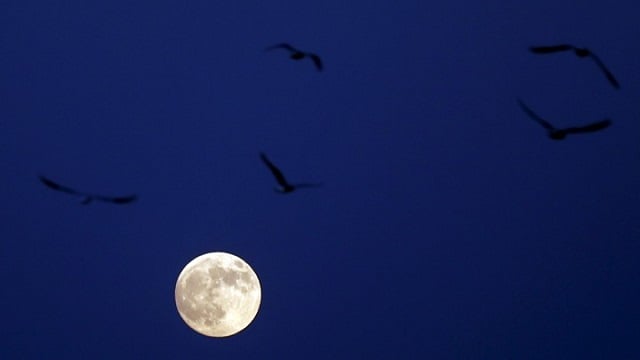
This year's solstice is special as it will be followed the next day by the year's last full moon, called the Cold Moon, and the Ursid meteor shower.
The moon will appear full both Friday and Saturday night and the next time a Cold Moon will appear so close to the solstice will be 2029.
You can determine the exact time of the solstice according to your location, here.
The winter solstice occurs when the Northern Hemisphere is tilted the furthermost from the sun, decreasing the amount of energy that reaches Earth. The solstice marks the astronomical start of winter, whereas, in the Southern Hemisphere, December 21 marks the start of summer.
Places falling north of the Equator have days shorter than 12 hours whereas areas to the south of the Equator have lengthier days; more than 12 hours, according to AccuWeather.
The occasion is a cause for celebration in some regions around the world. The most well-known solstice celebration occurs at the prehistoric Stonehenge ruins in Wiltshire, England, where druids, pagans and others come together to mark the event.

1732569774-0/Baymax-(2)1732569774-0-165x106.webp)







1732105641-0/BeFunky-collage-(78)1732105641-0-270x192.webp)







COMMENTS (1)
Comments are moderated and generally will be posted if they are on-topic and not abusive.
For more information, please see our Comments FAQ